1. Die casting scrap rate
Due to the large variables in the die-casting process and the many and complex factors that affect product defects, the scrap rates of die-casting plants at different levels vary greatly. During the commercial mold development process, we often have the opportunity to learn about the same product. The scrap rates of suppliers at point A and supplier B are quite different. However, when selling new projects, for most die-casting parts, the pass-through yield rate is 90%. ~95% calculation, that is, the product scrap rate is required to be controlled at 5%-10%; but in fact, every die-casting factory has some high-scrap products, and the scrap rate of some products is even as high as 30%~50%. This ratio range is not only It is the direct profit of affiliated enterprises and the embodiment of market competitiveness. If the pass rate can reach a steady state of 95% to 99%, this part of the profit is the key to widening the gap with competitors. Therefore, this is also one of the most important operating indicators of the die-casting factory;
2. Mold failure rate
Whether factory orders can be delivered on time depends largely on the completion rate of the production plan. These lost production capacities are caused by various abnormalities. The operational data that most die-casting factories are most afraid of is here, because the production capacity loss of some products can be as high as 40% or even 50%, which means that nearly half of the production lines, human resources and other resources we invested have been lost; We can capture data on production capacity losses such as shutdowns and line changes caused by mold abnormalities from the OEE data, and then conduct classification analysis to find the key factors affecting mold failures. Through Plato analysis, we can usually find that 80% of abnormal failures are caused by 20% of similar problems. This is the problem that we need to solve as soon as possible, and it is also the urgent need within the enterprise to unearth the buried profit points;
3. Productivity (proportion of recycled materials)
Excessive proportion of recycled materials (pouring and drainage system) will lead to a large waste of raw materials and increase production costs. Repeated reheating can also lead to economic losses such as excessive energy consumption and melting loss. In addition, unreasonable pouring and drainage system design is often accompanied by more complex cleaning processes and costs, making waste transfer more difficult;
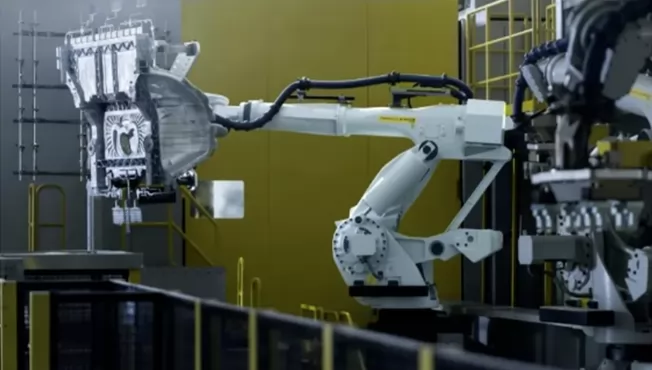
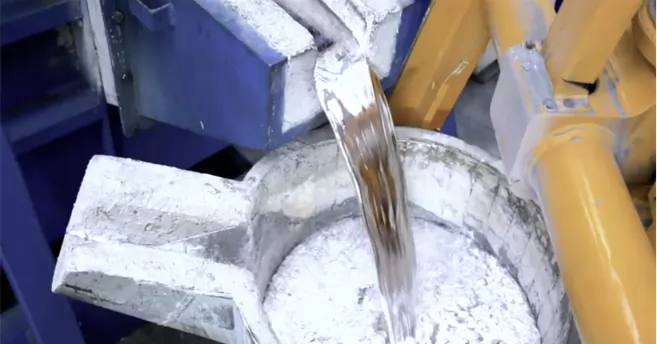
4. Slow mold line change
Die-casting production departments usually feel headaches or even reject the loss of production capacity caused by frequent mold line changes. Behind this phenomenon are the differences in technology and management between different companies and teams. Considering the overall situation, new product development and verification work are still important to the sustainable development of the company, and small batch and multi-variety product orders are inevitable in the current situation of normalized market uncertainty. Therefore, the internal team of the company needs to formulate corresponding strategies. and mechanisms to adapt to this production model. Flexibility and rapid line change are the best ways to break this barrier, and the most important task to achieve rapid mold line change is the standard and implementation of rapid mold and peripheral change, thereby improving production efficiency, shortening the production cycle, and ensuring the smooth completion of the delivery plan
5. Energy consumption
The die-casting plant is a high-energy-consuming enterprise. From the smelting furnace to the machine-side furnace, and from the press equipment to peripheral equipment, it consumes extremely high amounts of water, electricity and energy. In the new energy integrated body structural parts production line, dozens of mold temperature and water temperature machines are often deployed. The energy consumption is very high. High energy consumption will increase the company's energy costs and also have a negative impact on the environment. As energy prices continue to rise, high energy consumption will directly affect the profitability of enterprises, and may cause enterprises to face penalties from environmental protection regulations and standards, posing a threat to the sustainable development of enterprises. Consider from the mold side: Temperature control, scientific, reasonable, and economical temperature control solutions for the mold, and pouring and drainage plans are crucial to saving energy consumption.
6. Mold cost
Mold cost is by no means simply analyzing its own cost structure, or finding several suppliers to compare prices. There is usually a saying in the die-casting industry that die-casting is three-quarters and mold is seven-cent. This shows the importance of molds in the die-casting production process. Here we can understand that mold costs are divided into explicit and implicit costs. Explicit costs refer to the direct costs of the mold, including direct expenses such as raw materials, processing costs, and labor costs; while implicit costs refer to the indirect costs that may be incurred by the mold during the production process, such as production downtime losses caused by mold failure rates. , the scrap rate increases due to the decrease in production qualification rate, the production cycle is extended due to the decrease in production efficiency, etc.
For the die-casting industry, the quality and stability of the mold directly affect the quality and production efficiency of the product, so hidden costs are particularly important. High-quality molds can ensure the stability and reliability of the production process, reduce the failure rate and scrap rate, improve production efficiency and product qualification rate, thereby reducing the company's production costs and improving competitiveness. Therefore, when considering mold costs, in addition to paying attention to explicit costs, we must also pay attention to implicit costs. By improving mold quality and strengthening maintenance, we can minimize implicit costs and achieve efficient operation of die-casting production.






.png)


.png) +86-574-83036520
+86-574-83036520 +86-574-83008051
+86-574-83008051 sales@innovaw.com
sales@innovaw.com

.png)

.png)
.png)
.png)

.png)
.png)
.png)



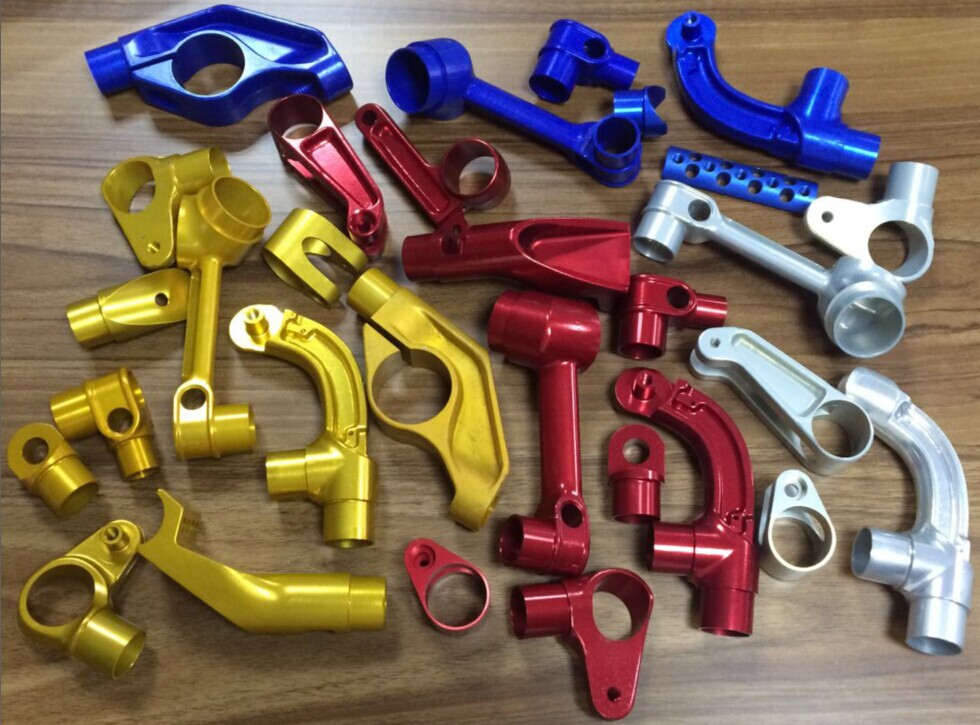
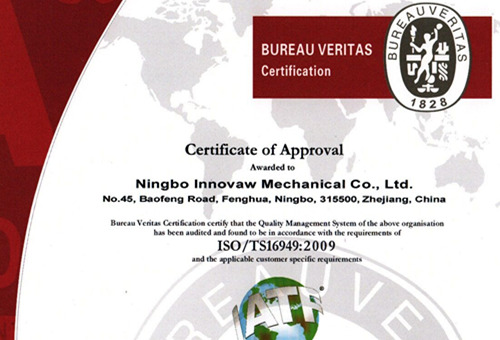




.png)
